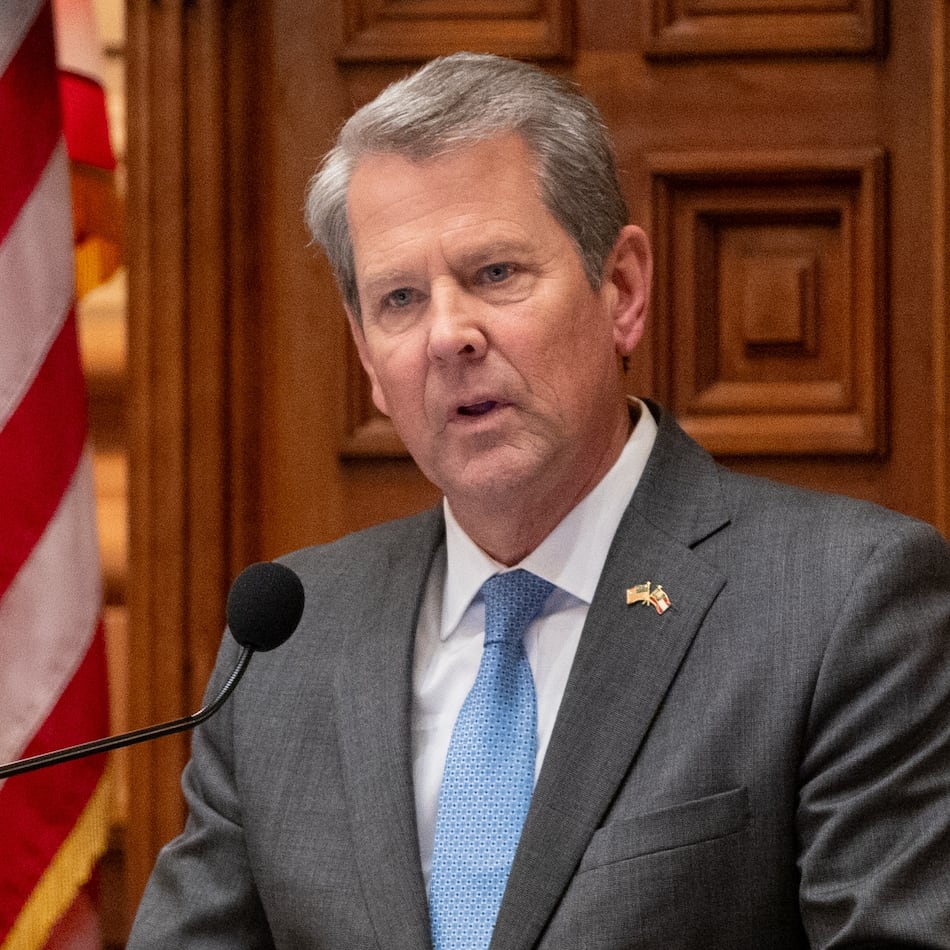ATLANTA (AP) — Most in-state students will pay about the same to attend Georgia's public universities and colleges in the 2025-2026 academic year.
Regents voted Tuesday to hold costs level at 18 of the system's 26 schools, while costs will rise at six schools and fall at two others.
The typical Georgia school will charge in-state undergraduates $6,466 in tuition and mandatory fees for two semesters next year.
Tuition and fees will range from $3,506 at Swainsboro-based East Georgia State College to $12,002 at Georgia Tech in Atlanta.
The biggest changes will come at Albany State University and the University of North Georgia. Both institutions are beginning to raise the lower rates they have charged for two-year associate's degrees to match the rates they charge for four-year degrees.
Costs will also rise slightly at Clayton State University, Dalton State College, Fort Valley State University and the University of Georgia because of increases in mandatory fees, although tuition itself will stay flat.
The typical in-state student continues to pay less than in 2022. After that year, regents eliminated a fee that was charged on top of tuition, lowering costs at almost all institutions.
But costs are going up for students from outside Georgia. Tuition for students from other states will rise by 2%, while tuition for students from outside the country will rise by 3%. Those students pay tuition rates that are more than three times what in-state students pay. Institutions sometimes waive out-of-state charges.
“The system’s priorities of graduating more students, affordability and efficiency are always at the forefront when setting tuition rates," Chief Fiscal Officer Tracey Cook told regents during their meeting at Georgia Southern University in Statesboro. "The board’s actions over the past several years have definitely reinforced this commitment to affordability.”
Regents have generally held tuition flat for seven of the previous 10 years. Georgia's typical tuition and fees are lower than all but two states in the 16-state region covered by the Southern Regional Education Board.
For students receiving lottery-funded HOPE Scholarships, the scholarship pays for tuition. However, students and their families must themselves pay for mandatory fees. Although many Georgia students receive other types of financial aid, U.S. Department of Education figures show the average Georgia graduate borrowed more than $20,000 to complete a four-year degree in the 2020-2021 school year.
The state will fund nearly $3.6 billion of the system’s roughly $9 billion budget in the year beginning July 1. Lawmakers boosted state funding for universities by $211 million, or 6.2%, under a budget awaiting Gov. Brian Kemp’s signature.
Keep Reading
The Latest
Featured


